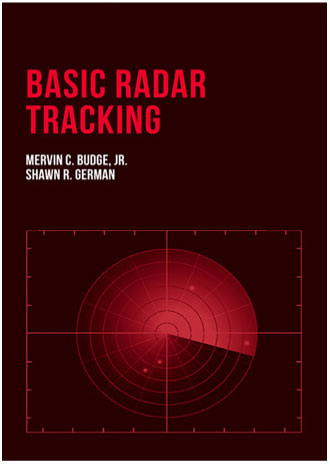
The tracking of targets is fundamental to many radar applications, including air traffic control, military surveillance and missile homing. Accurate and reliable tracking where the time to form tracks and loss of tracked targets are minimised whilst also rejecting false or unwanted targets are all key aspects of overall system performance.
In recent years, the wider adoption of electronically scanned antennas has rekindled interest in tracking, fuelled by their greater flexibility of beam pointing, enabling new options such as variable revisit times to be included. Thus, it is timely that a new book focussing on the basics of radar tracking, whilst embracing advanced radar technology, should be written. Whilst there are other texts that also cover radar tracking, none do so with the singularity of emphasis contained in this treatment.
The material presented has its origins in a taught program, providing an ideal, as well as tried and trusted, foundation for presenting the core but disparate tracking components that are found in modern radar systems. Chapter 1 sets the scene by differentiating between open and closed loop trackers as well as defining their key elements. Chapter 2 provides some formal mathematical background by placing trackers in the context of the much broader topic of control theory. Chapter 3 commences with an outline of simple α-β and α-β-γ filters relating them to the more ubiquitous Kalman filter, the workhorse of most systems. Chapters 4, 5 and 6 turn their attention to parameter measurement and estimation, introducing conventional techniques such as waveform design, monopulse and Doppler discriminators. Chapter 7 combines previous chapters showing system level results and demonstrating the impact of real-world effects such as multipath.
Overall, this book provides a solid foundation, especially useful for someone starting new to radar tracking topic as well as providing a refresher for more experienced engineers who need to be reacquainted with modern radar tracking basics.


